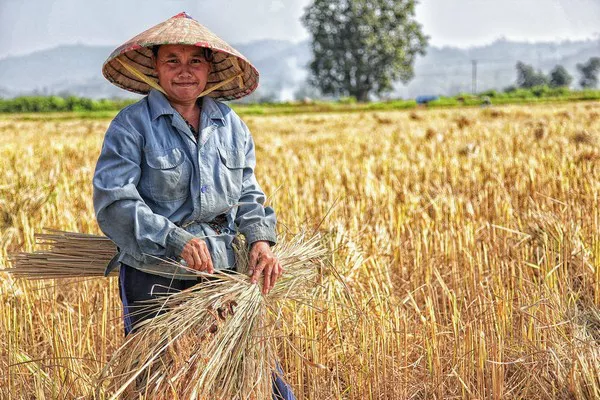In August 2022, unprecedented flooding devastated parts of Pakistan, causing massive destruction and displacing millions. Among those affected was Manzoor Hussain Khoso, a 64-year-old farmer who lost his 16-acre farm and livelihood due to the floods. Despite government promises, assistance for replanting crops never arrived, leaving many families struggling to feed themselves.
The flood disaster, attributed to climate change, compounded existing political and economic crises in Pakistan. The political turmoil following a no-confidence motion in 2022 distracted efforts to address the struggling economy, leading to soaring food and energy prices and a disgruntled population.
A recent assessment found that 29% of the population in the most flood-affected provinces of Balochistan, Sindh, and Khyber Pakhtunkhwa were experiencing high levels of hunger. The Integrated Food Security Phase Classification (IPC) system warns that the situation is expected to worsen between November 2023 and January 2024.
Food inflation remains a significant concern, with prices remaining high in both urban and rural areas. Despite being a top wheat producer globally, Pakistan faces a paradox of high food prices and food insecurity. Many families, like Moomal’s in K.N. Shah, are unable to afford basic food items, resorting to diets without essential nutrients.
The hunger crisis also has serious consequences for future generations. Pregnant women like Noor, Moomal’s daughter-in-law, struggle to access proper nutrition, fearing the impact on their unborn children’s health.
The situation isn’t limited to rural areas. In Karachi, the capital of Sindh, community kitchens like Khana Ghar are feeding an increasing number of people. Rising food prices and inflation have made it difficult for low-income households across Pakistan to afford basic necessities.
Weather-related disasters in Balochistan have compounded the country’s food security issues. Continuous floods and droughts have disrupted agricultural activities, pushing farmers deeper into debt. Agriculture, employing nearly half of the labor force, remains vulnerable to changing climate patterns.
Pakistan’s over-reliance on imports for essential goods, including edible oils and fertilizers, has contributed to rising food prices. The government’s focus on supporting crops like rice, wheat, sugarcane, and maize neglects nutritious foods like fruits, vegetables, and fish.
Efforts to promote climate-smart agriculture and develop adaptable seed varieties are essential to mitigate climate change’s impact on food production. International commitments to support vulnerable countries like Pakistan and create a loss and damage fund are crucial for addressing the immediate and long-term food security challenges.
In the midst of these crises, families like Maira’s in the flood-hit village of Bhooro Magrio are forced to prioritize between food and medicine due to low incomes and high inflation. The lack of support and solutions underscores the urgency of addressing Pakistan’s growing hunger crisis.

